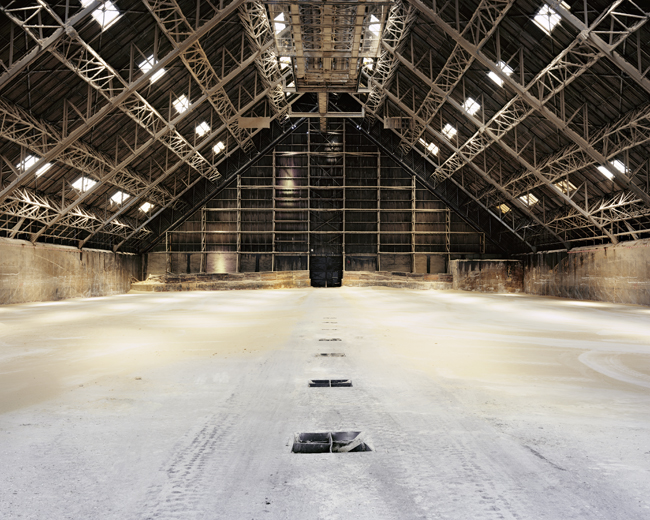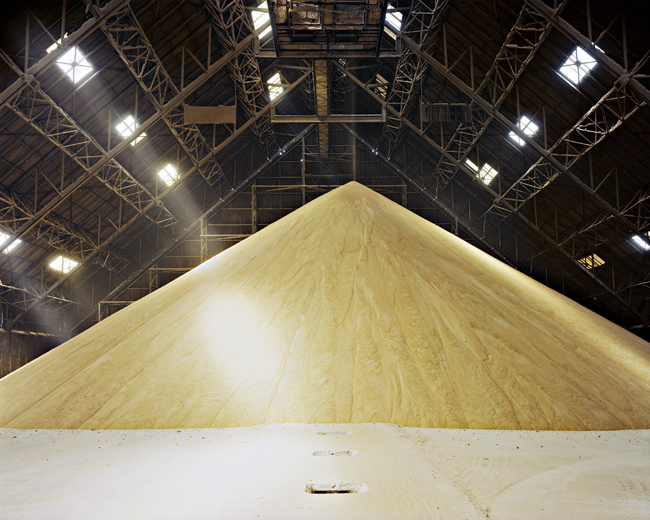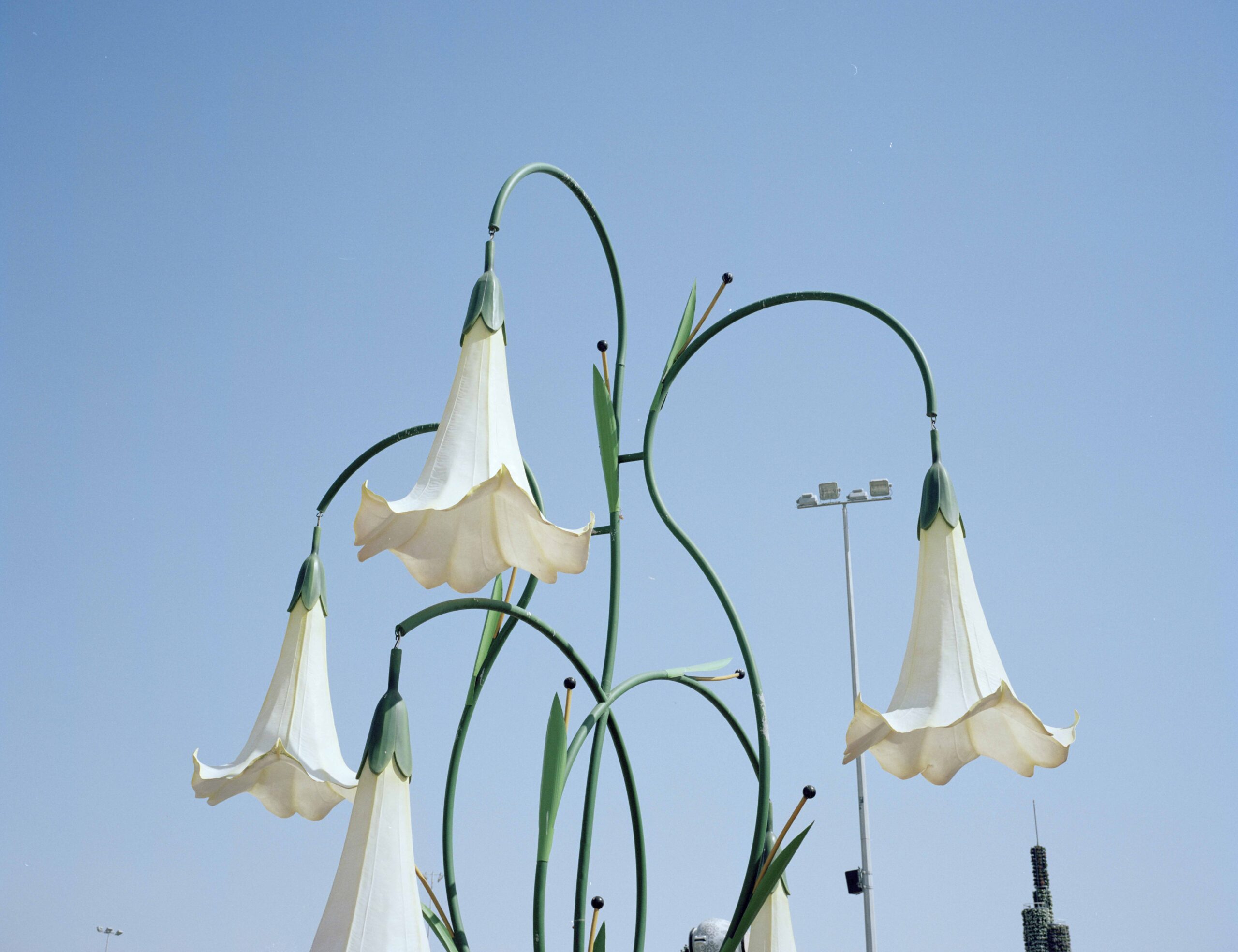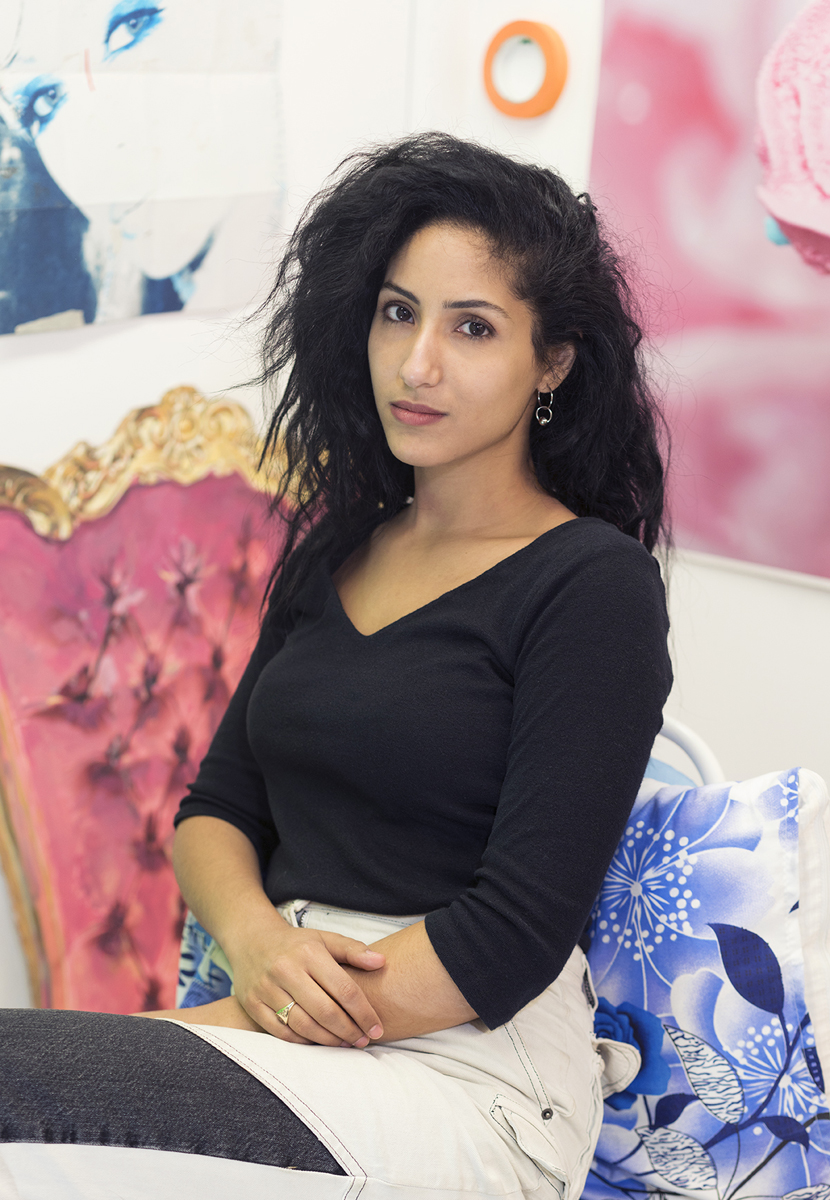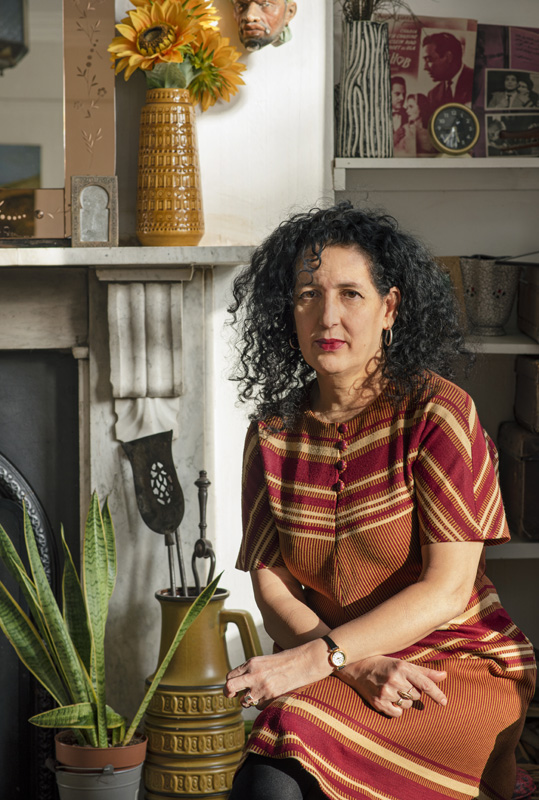An Examination of the Notion of Time or Something More?
Concepts of time and space have gone awry since the onset of the COVID-19 pandemic. For me, 2020 passed in the blink of an eye; as we head into 2021, the days seem to drag. Homes have been turned into offices, and we occupy public spaces with trepidation and longing. We are nostalgic for what was and hope to recover a semblance of that time – if not one exactly the same. Communication and connection seem more important now than ever before.
Art always finds a way to respond to a crisis in society, and Ancient Future by Dubai-based gallery The Third Line is no exception. It is a group exhibition that examines the notion of time by exploring the dichotomy between ancient and future worlds.
Heroines Zineb Sedira and Farah Al Qasimi, two contributing artists among the thirteen featured, have varied styles and processes. The pieces that comprise this exhibition were created between 2013 and 2018; however, if looked at individually, they address issues that have relevance in current discourse around spatial and temporal dislocation, identity, memory, consumerism, and the idea of ‘future’. In that regard, they go further than simply examining the idea of time.
Zineb Sedira is a visual artist whose work explores ideas of modernism and identity. ‘Sugar Silo’ is a diptych that was part of her 2013 series, Sugar Routes. It traces the journey of sugar, starting from locations across the world and ending in the Port of Marseille to form the sugar silos of St. Louis Sucre.
The heaps of different-coloured sugar in the storage rooms resemble mountains, obtaining a different identity after reaching the warehouse. After filtering, the sugar obtained from different parts of the world is packaged off as a global commodity, losing its regional identity. Zineb documents this as a symbolic commentary on mobility, legacy, and the impact of humans on the environment.
One might wonder if there is a certain Romanticisation at play here. Are we really going to turn to a pantry staple to talk about issues like identity and mobility? But then, the first lockdown did show us how desperately tied we are to everyday objects; life itself comes to a standstill if we are in short supply of the things we take for granted. However, I think it’s imperative to extend this discussion to the source — the sugarcane farmers, the factory workers, and the shopkeepers who sell the final product. The faces we never see, people whose histories and back stories we don’t know anything about, people who keep the machinery of commerce running and were grievously impacted by the pandemic. What is their legacy? What is their identity beyond the jobs they do? What kind of future do they envision for themselves?
Farah Al Qasimi’s ‘Miracle Garden’ is an archival inkjet print that was originally exhibited in The World is Sinking exhibition in 2014. The exhibition was an exploration of the rapidly changing landscape of the Emirates, which has undergone a series of unsustainable changes for the sake of development – potentially alienating local people.
‘Miracle Garden’ references the Dubai Miracle Garden, which was launched on Valentine’s Day in 2013 at an estimated cost of $11 million. It’s hailed as the ‘biggest flower garden in the world.’ Farah’s image is actually of a ‘flower-like’ lamp post taken from the Dubai Miracle Garden. A 2014 review on Tripadvisor points to the artifice of the Dubai Miracle Garden because despite the presence of real flowers there is no insect life.
By photographing a lamp post that looks like a flower, while in the midst of actual flowers, Farah seems to be lampooning – but also questioning – authenticity in modern times. In 2015, the Dubai Butterfly Garden was opened—another ‘world’s biggest’ edifice; where and when will this need to create bigger and more beautiful objects end? At what cost? The global pandemic has demonstrated the powerlessness of even the biggest structures in the world. I am still thinking about the source though — all those workers painstakingly putting in the hours to make the ‘Miracle Garden’ look the part; the people watering the flowers at night after closing hours. They seem to be hidden away to preserve the aesthetic of the city.
In the last year or so we have witnessed Brexit, COVID-19, a new government coming to power in the U.S, the Black Lives Matter movement gaining momentum, and more besides. While Ancient Future is perhaps referring to the pandemic when its press release mentions ‘unprecedented times’, the themes it explores encompass a far wider scope.
By Shyama Laxman
21 November 2020 – March 2021
Group show featuring Zineb Sedira and Farah Al Qasimi
Courtesy of the artists and The Third Line, Dubai.

